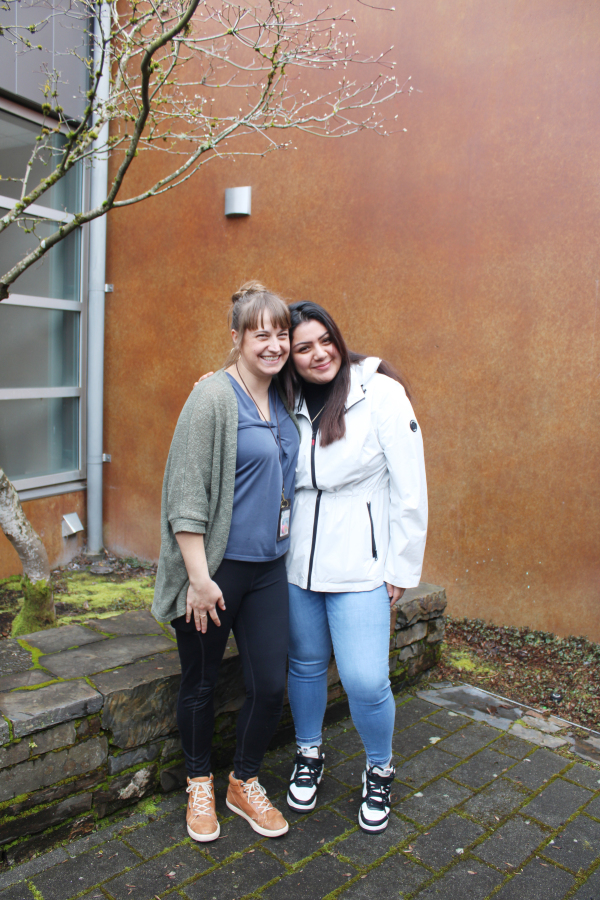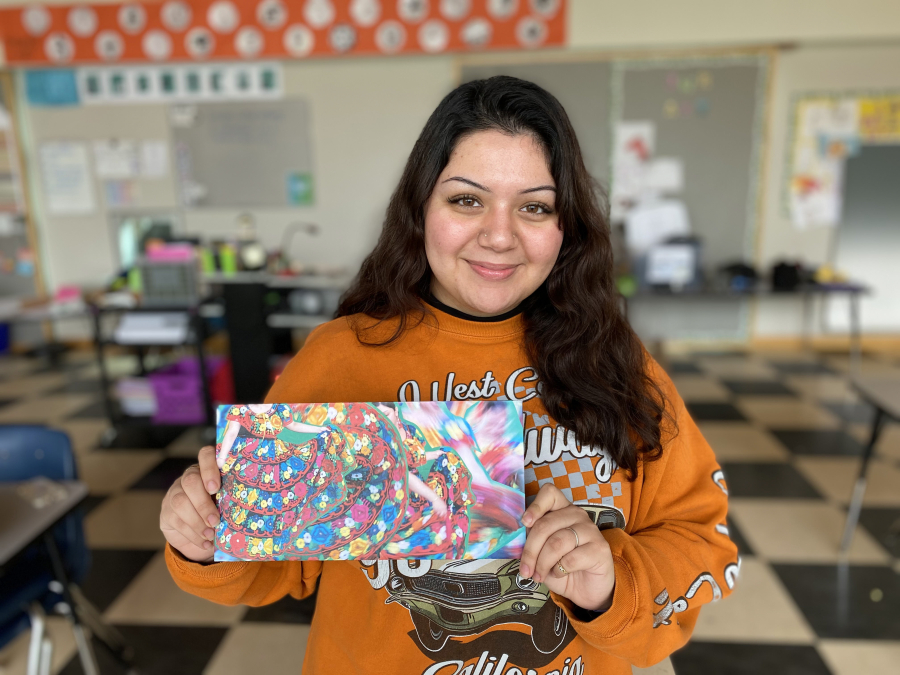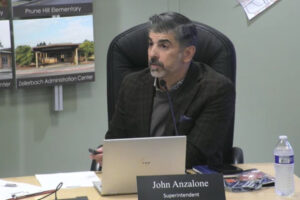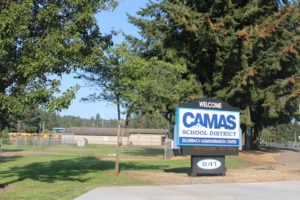When Maria Navarro Alejandres moved from Woodland to Camas five years ago, her friends warned her that the move might be difficult.
“My classmates told me that I wouldn’t fit in and that it would be extremely hard because I am a person of color,” Navarro Alejandres, 17, said of her move to Camas.
Once she made the move, though, something shifted inside Navarro Alejandres.
“I realized that there are many different kinds of people here — especially as I entered high school,” Navarro Alejandres, now a senior at Hayes Freedom High School, said. “This made me see that the people who think Camas has ‘no culture’ either aren’t’ from here, haven’t seen it for themselves or haven’t seen their community as it is.”
Navarro Alejandres wanted to highlight and celebrate Camas’ melting pot of cultures and believed the city’s public art should be more representative.
“Throughout my high school years, I have worked with (younger) bilingual students and some didn’t speak any English,” Navarro Alejandres said. “I became close to these students and realized they couldn’t see themselves in our community. They’re growing up here and should be able to see themselves — to know they’re noticed and loved.”





